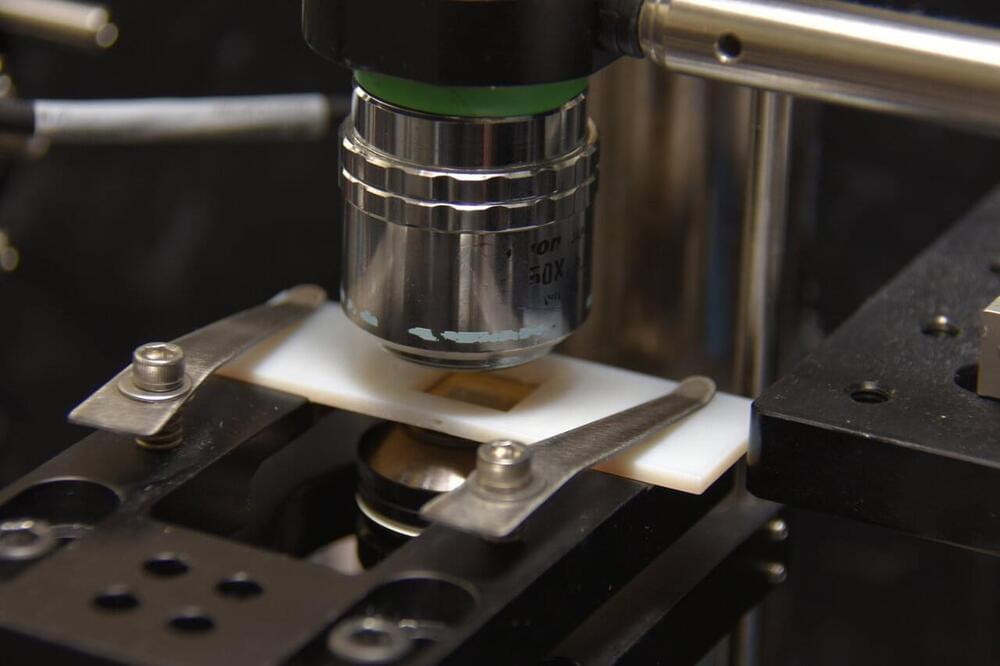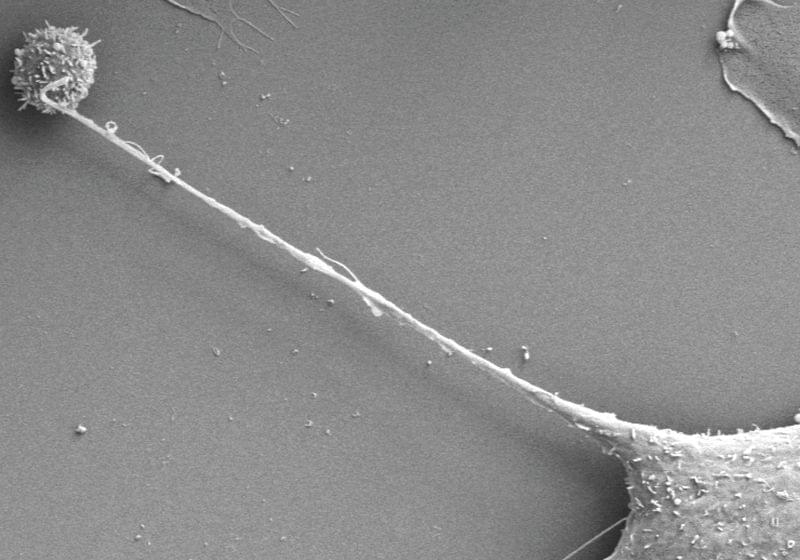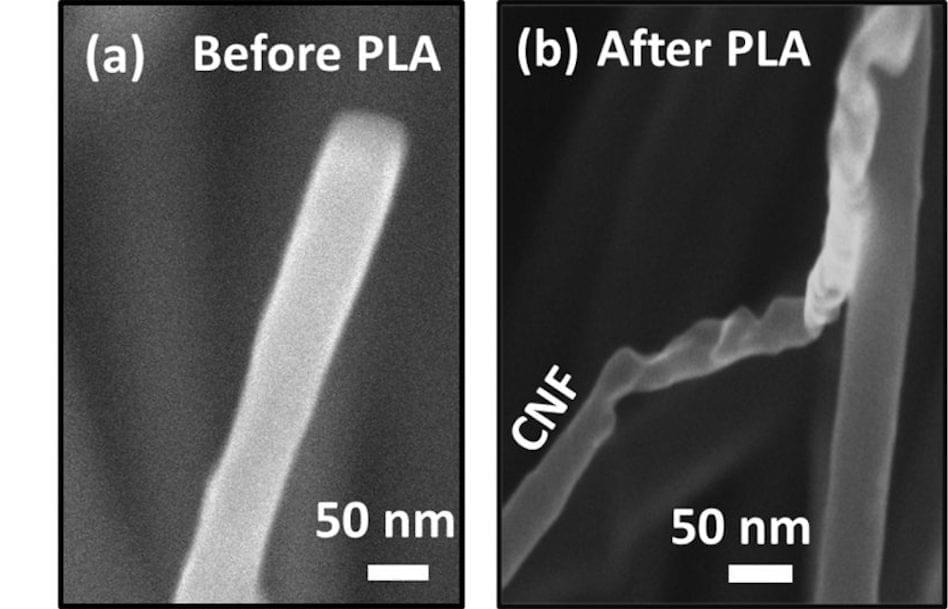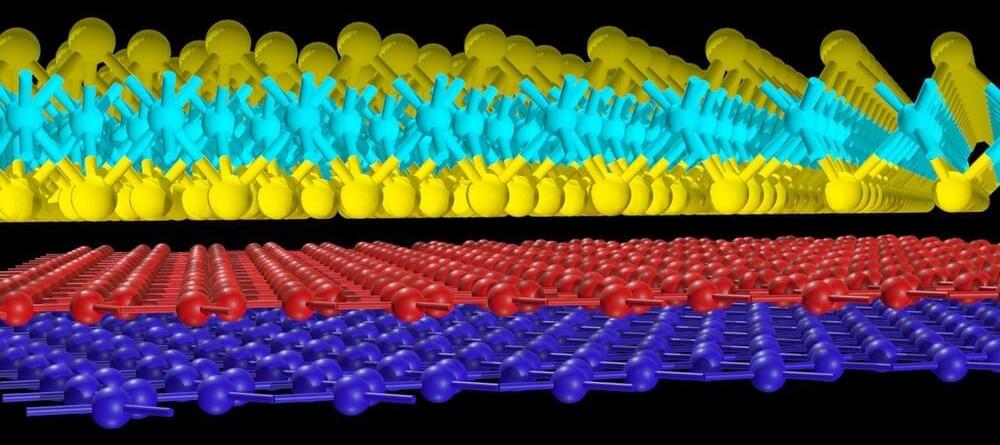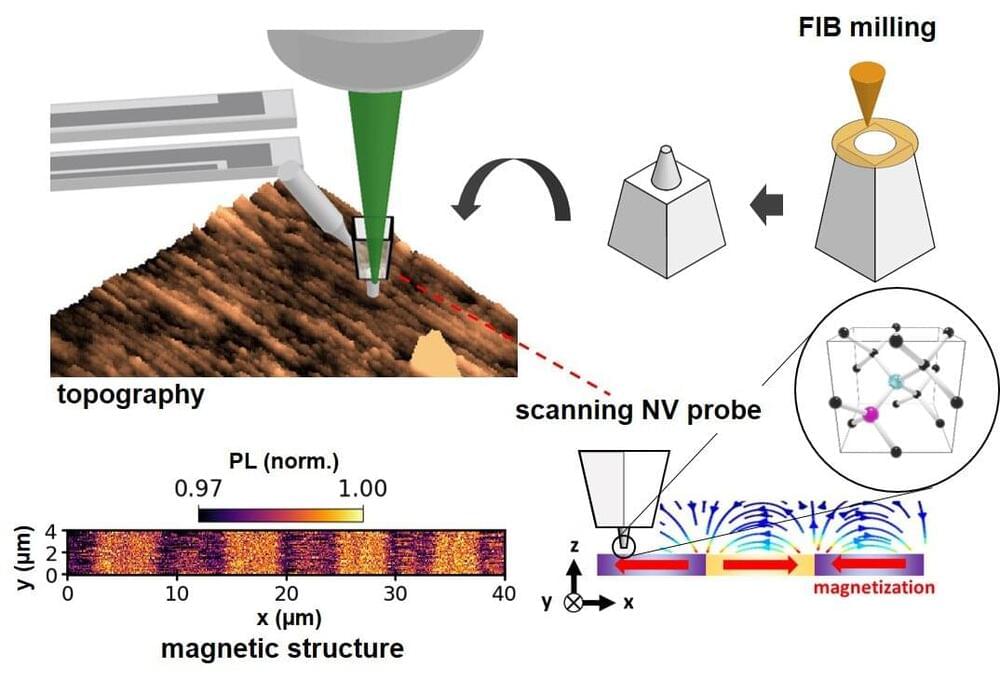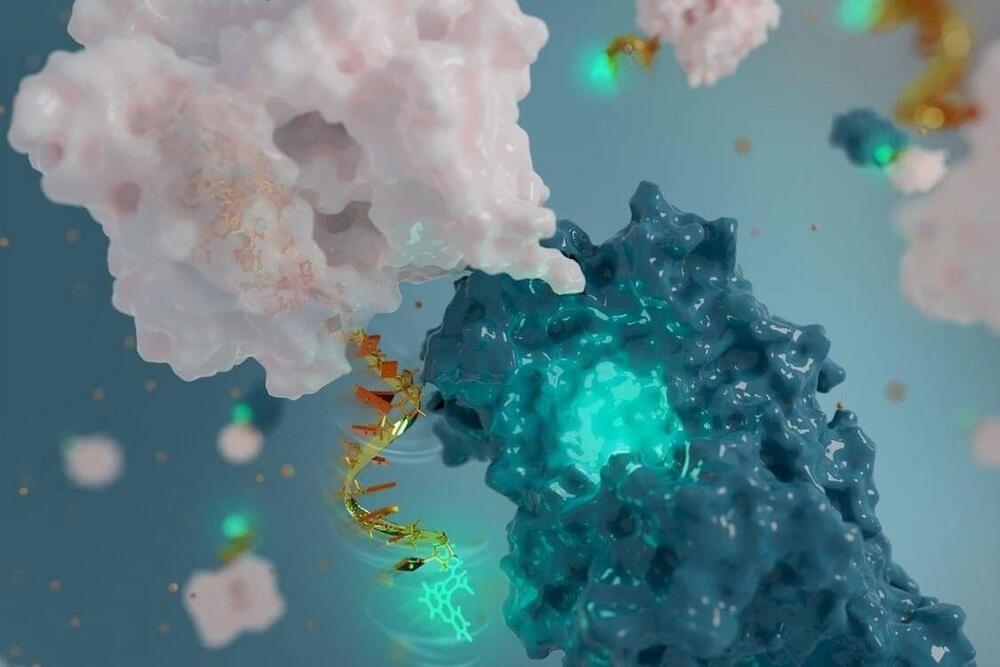The strong new adhesive is the handiwork of scientists at the US Department of Energy’s Oak Ridge National Laboratory (ORNL), who used polystyrene-b-poly(ethylene-co-butylene)-b-polystyrene, or SEBS, as their starting point. This rubbery polymer can be found in toothbrushes, handlebar grips and diapers, and the researchers were able to equip it with powerful new capabilities by making tweaks to its chemical structure.
This was achieved through a process known as dynamic crosslinking, which enables the bridging of typically incompatible materials. The scientists used the technique to couple silica nanoparticles and the polymer with the help of compounds called boronic esters, resulting in a novel crosslinked composite material they’ve called SiNP. The boronic esters are key to the reusability of the adhesive, as they enable the crosslinked bonds to be formed and broken repeatedly.



